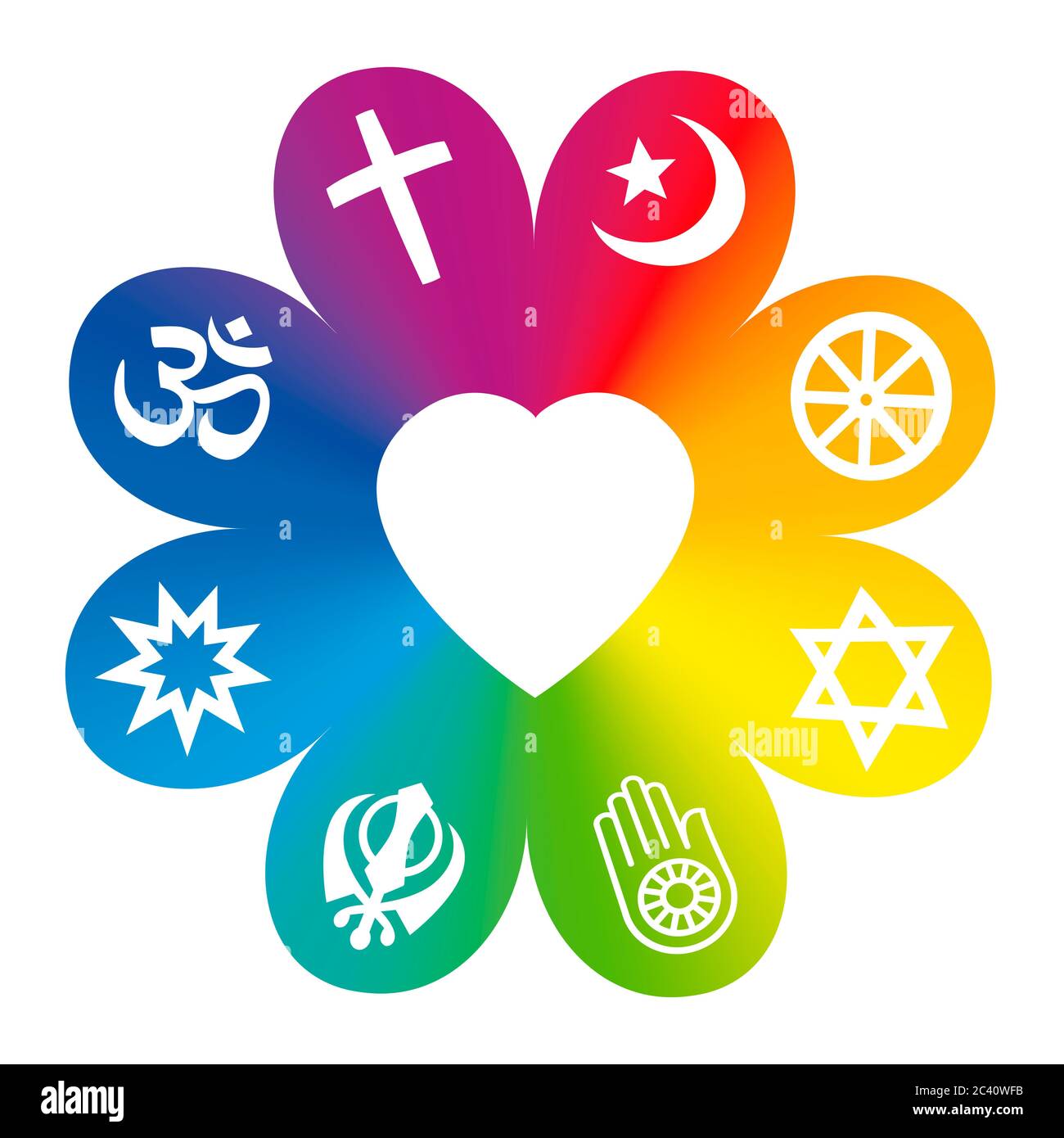Understanding Health Insurance Premiums, Marketplaces, and Coordination of Benefits: What Every Consumer Needs to Know
Which Person Will Probably Have the Most Expensive Health Insurance Premiums?
Health insurance premiums are the monthly payments required to maintain coverage. In the United States, several major factors determine the cost of these premiums. According to the latest guidance from federal sources and health insurance experts, the individuals most likely to face the highest premiums typically fall into these categories:
- Older adults: Age is one of the most significant factors. Premiums may be up to three times higher for older people compared to younger adults. This is due to the increased likelihood that older individuals will require medical care [3] .
- Tobacco users: Insurers can legally charge tobacco users up to 50% more than non-users. This surcharge is a direct response to the higher health risks associated with tobacco use [3] .
- Residents of high-cost states: Where you live matters. States such as Alaska, Wyoming, West Virginia, and New York are among the most expensive for premiums, driven by local health care costs, competition, and state policies [2] .
- Those selecting high-tier plans: Individuals who choose Platinum or Gold plans (which offer lower out-of-pocket costs but higher premiums) will pay more each month than those selecting Bronze or Silver plans [3] .
- People enrolling dependents: Family plans, which cover a spouse or children, naturally have higher premiums than individual plans [3] .
Example: A 62-year-old tobacco user living in New York and enrolling a spouse and child in a Platinum plan could easily face the highest premiums allowed by law. For actionable steps, you can estimate your premium costs using the official Health Insurance Marketplace estimator tool at Healthcare.gov or inquire with your state’s insurance department.
What is a Health Insurance Marketplace?
A health insurance marketplace is a service-run by either the federal government or individual states-where people can shop for, compare, and enroll in health insurance plans. Marketplaces are designed to make the process transparent, competitive, and accessible for consumers, especially those who don’t have employer-provided insurance.
Key features of a health insurance marketplace include:
- Providing a central platform to compare multiple health insurance plans side by side.
- Offering standardized plan categories (Bronze, Silver, Gold, Platinum) so consumers can easily compare benefits and costs.
- Enabling eligibility checks for subsidies or tax credits, which can lower the cost of premiums for individuals and families who qualify based on income.
- Ensuring all plans cover essential health benefits and prohibit discrimination based on pre-existing conditions [3] .
The primary federal marketplace is Healthcare.gov, but many states operate their own exchanges. To access these services, visit the official Healthcare.gov site or, if your state has its own marketplace, search for your state’s health insurance portal via the official state government website.
The Purpose of the Coordination of Benefits Provision in Group Accident and Health Plans
Coordination of Benefits (COB) is a critical provision in group accident and health insurance plans. Its primary purpose is to ensure that if you are covered by more than one health insurance plan (for example, through both your employer and your spouse’s employer), the two (or more) plans work together to avoid duplicate payments and ensure that the total benefits do not exceed 100% of the medical expenses incurred.
Here’s how COB works in practice:
- The primary plan pays its share of the costs first.
- The secondary plan then pays the remaining eligible expenses, up to the limits of its coverage.
- This process prevents overinsurance and helps stabilize overall costs for insurers and insureds alike.
Example: If you and your spouse both have group health coverage and you need surgery, your primary plan (usually your employer’s plan) pays first. The secondary plan (your spouse’s employer’s plan) may cover some or all of the remaining costs, but together, they will not pay more than the total cost billed by the provider.

Source: moonbokers.com
To ensure your benefits are coordinated correctly, always provide complete insurance information to healthcare providers and insurers, and follow up with both plans to verify claim status. For questions, contact your employer’s benefits administrator or the customer service number on your insurance card.

Source: dreamstime.com
What Drives Health Insurance Premiums Higher?
Several factors contribute to the rising cost of health insurance premiums for both individuals and groups:
- Rising healthcare costs: The price of medical care, including hospitalizations, physician services, and prescription drugs, continues to rise. Insurers adjust premiums to cover these increased costs [1] .
- Medical inflation: General inflation and the increasing cost of medical services and supplies are significant contributors [5] .
- Technological advances: New medical technologies and treatments can improve care but often come with higher price tags, impacting overall premiums [5] .
- Administrative costs: Processing claims, compliance requirements, and managing provider networks add to insurer expenses, which are reflected in premium increases [5] .
- Provider consolidation: Large hospital systems and provider groups can demand higher payments from insurers, which in turn raises premiums for consumers [4] .
To manage these costs, consumers are encouraged to compare plan options annually, assess their own healthcare needs, and take advantage of preventive care services that are typically covered without additional cost.
How to Access Health Insurance Services and Manage Costs
For those seeking to secure health insurance, reduce costs, or better understand their coverage, consider these actionable steps:
- Compare plans during open enrollment: Each year, there is an open enrollment period where you can review and change your health insurance plan. Use official marketplaces to compare costs and benefits across available plans.
- Check for subsidies or tax credits: If your income qualifies, you may be eligible for premium tax credits or cost-sharing reductions. These can significantly lower your monthly premium and out-of-pocket costs. Use the subsidy calculators available on Healthcare.gov or your state’s exchange.
- Review your employer’s group health plan: If you have access to a group plan, review the Summary of Benefits and Coverage (SBC) and ask questions about coordination of benefits if you are covered under multiple plans.
- Contact your state insurance department: For personalized guidance, reach out to your state insurance department. They can explain your rights and help resolve disputes with insurers.
- If you lose coverage: Major life events such as job loss, marriage, or the birth of a child may trigger a special enrollment period. Be sure to act promptly to avoid a coverage gap.
If you need assistance, you can contact a licensed insurance broker or a certified application counselor. These professionals can help you navigate plan choices and enrollment without additional cost to you.
Potential Challenges and Solutions
Understanding and managing health insurance can be complex. Here are some common challenges and practical solutions:
-
Challenge:
Premiums increase unexpectedly.
Solution: Review your plan annually, shop around during open enrollment, and consider switching to a different metal tier if your health needs or financial situation changes. -
Challenge:
Coverage confusion when insured by multiple plans.
Solution: Always provide complete information to providers, follow up with both insurers, and keep records of claims and payments to ensure proper coordination of benefits. -
Challenge:
Difficulty accessing accurate plan information.
Solution: Use official sources such as Healthcare.gov, your state’s marketplace, or contact your insurance company directly for plan documents and customer support.
Alternative Approaches
Some consumers may find that traditional health insurance is not affordable or does not meet their needs. Alternatives can include:
- High-deductible health plans (HDHPs): These plans offer lower premiums but higher out-of-pocket costs. They are often paired with Health Savings Accounts (HSAs).
- Short-term health plans: These may provide limited coverage for a set period, but are not a substitute for comprehensive health insurance and may not cover pre-existing conditions.
- Medicaid and CHIP: For those who qualify based on income, these government programs offer comprehensive coverage at low or no cost. Search for your state’s Medicaid office for application details.
Always review the terms and limitations of any alternative before enrolling.
Summary and Key Takeaways
Health insurance premiums are influenced by age, tobacco use, location, plan type, and family size. Health insurance marketplaces provide a centralized way to compare and purchase plans, with protections against discrimination for pre-existing conditions. The coordination of benefits provision prevents overlapping payments when multiple plans cover an individual, ensuring fair and efficient payment for services. Rising costs are driven by medical inflation, technology, provider consolidation, and administrative expenses. To optimize your coverage and control costs:
- Compare plans regularly
- Check your eligibility for subsidies
- Understand your benefits and rights
- Seek help from official resources when needed
References
- [1] Health System Tracker (2025). How much and why ACA Marketplace premiums are going up in 2026.
- [2] Pacific Prime (2025). Understanding the Cost of Health Insurance in America.
- [3] Healthcare.gov (n.d.). How Health Insurance Marketplace® Plans Set Your Premiums.
- [4] PeopleKeep (2024). 9 Reasons for Rising Healthcare Costs.
- [5] Roundstone Insurance (n.d.). Why Does Your Health Insurance Cost Increase Every Year?
MORE FROM cheerdeal.com













